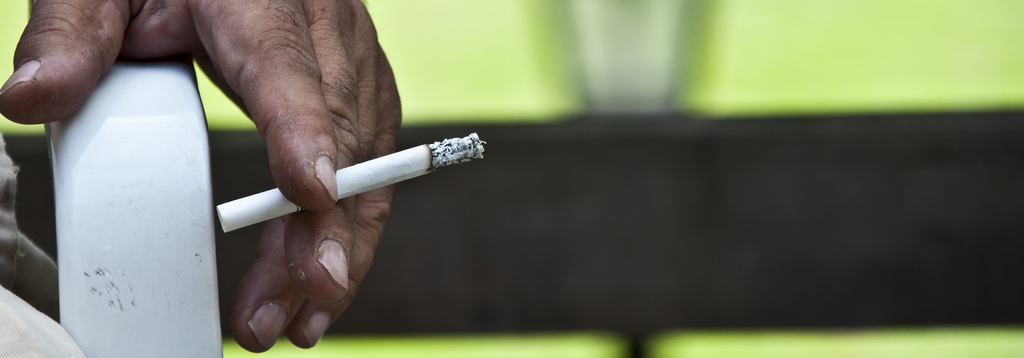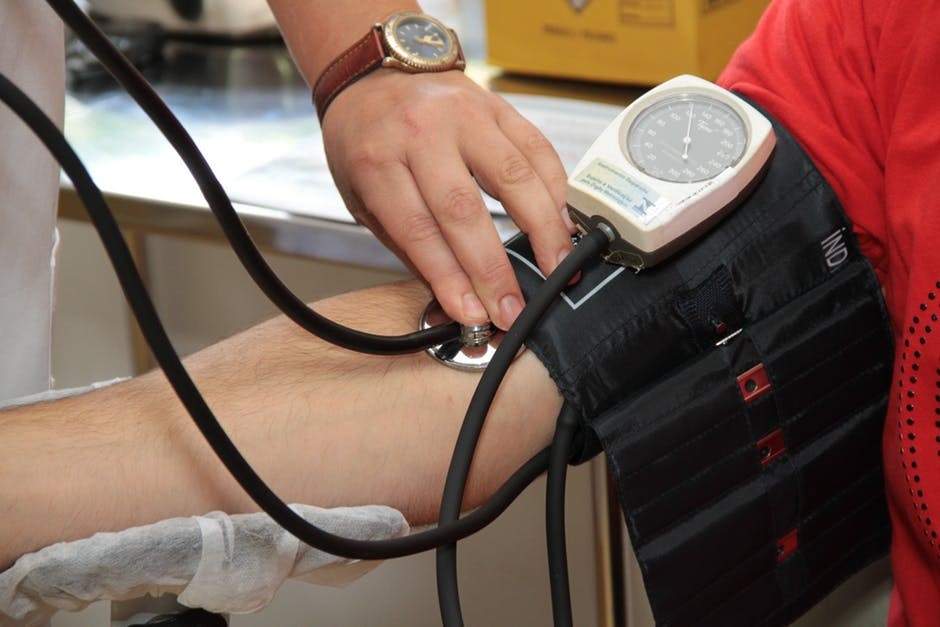
A capsular contracture is a complication associated with breast augmentation. While rare for it to occur, it is important to be aware of it and of what to do should you develop one. It essentially refers to the formation of hard tissue around the implant. A capsular contracture can be painful and uncomfortable and it often causes the shape of the breast to be lost. Thankfully, capsular contracture revision surgery is available to help.
Capsular Contracture Stages
There are four stages or grades of capsular contracture. Those are:
- Grade 1, which means that a foreign body is inserted into the breast tissue into a capsule. Anyone who has a breast augmentation has a great one capsule period it appears natural in shape and size and it feels soft. No intervention is needed.
- Grade 2, whereby there is some thickening in the capsule, leaving the implant to feel somewhat firmer without changing the shape. Usually, there is no requirement for surgery at the stage. Rather, ultrasound therapy, lymphatic massage, and zafirlukast can reverse the issue.
- Grade 3, whereby the capsule continues to harden and starts to affect the shape of the breast. It creates an abnormal appearance and firmness is highly noticeable. For women, this is a distressing stage because they will feel as if they’re breasts look horrible. Thankfully, treatment is available to revise the problem.
- Grade 4, whereby the pain is permanent and throbbing and the breast starts to feel very cool to the touch. The same surgery as those offered for a grade II contractor are options.
Capsular Contracture Revision Surgery
Different types of revision surgery are available, most of which are offered for a grade 3 capsular contracture. Some of the most common options include:
- Partial capsulectomy, whereby a tiny portion of the capsule is removed. This is a highly effective form of surgery but not everybody is a good candidate for it, as it only works if there is a focused scar contracture area. After surgery, medical therapy and lymphatic massage also has to be offered.
- Total capsulectomy, whereby the entire capsule and the scar tissue is removed together with the implant. Before inserting a new implant, a triple antibiotic solution is used to irrigate the area. Sometimes, a breast lift will be done at the same time.
- Neopectoral pocket, whereby the capsule is dissected away from the rest muscle and tissue. If then collapses on the chest wall and create more volume and projection for the implant. This is the surgery that offers the best results but a drain is needed during this procedure, which means that the recovery time is longer.
- Implant change using a strattice, which means the implant should be replaced below instead of above the muscle.
- Complete implant removal, which means the capsule remains but it will collapse over time through gravity.
When someone has a breast augmentation, the last thing they want is to develop complications. Thankfully, capsular contractures are still very rare, particularly with modern medicine having a greater understanding of how to prevent it. And, should a contracture occur, a lot of options are available to resolve the situation.









